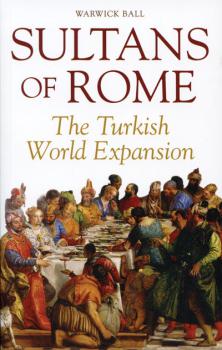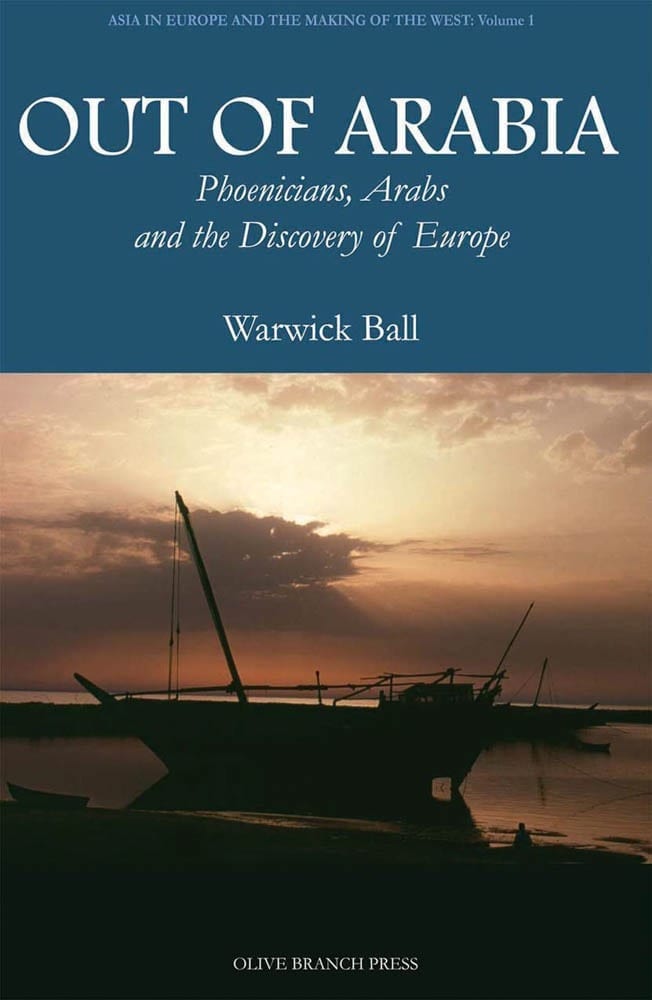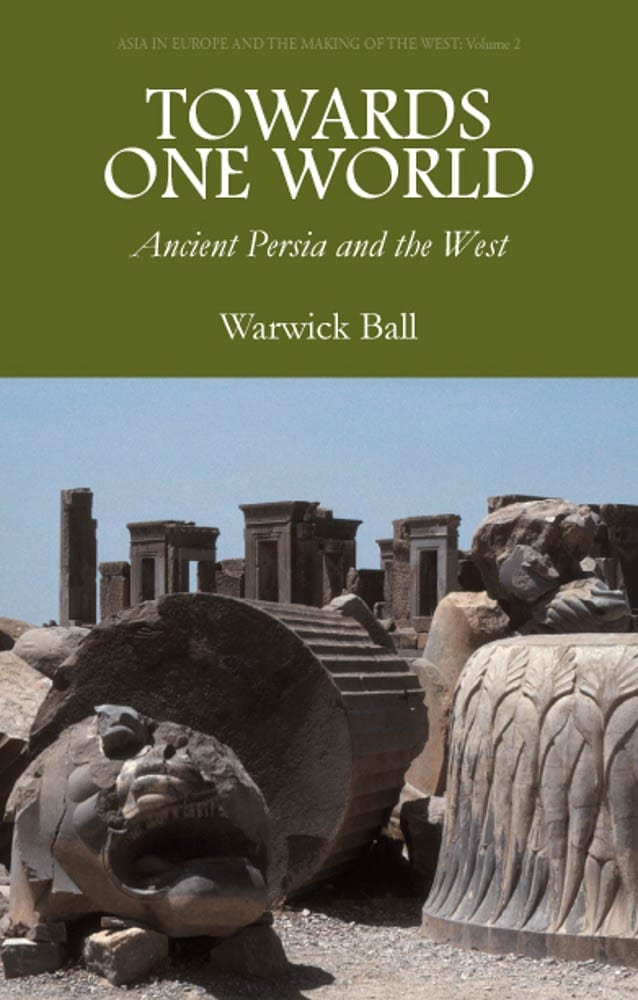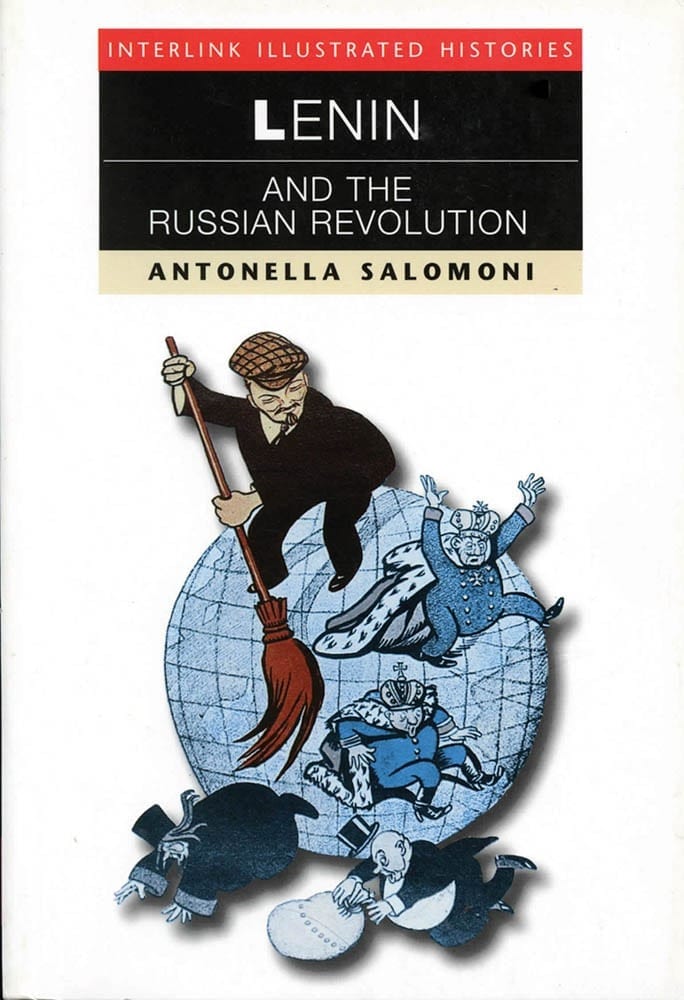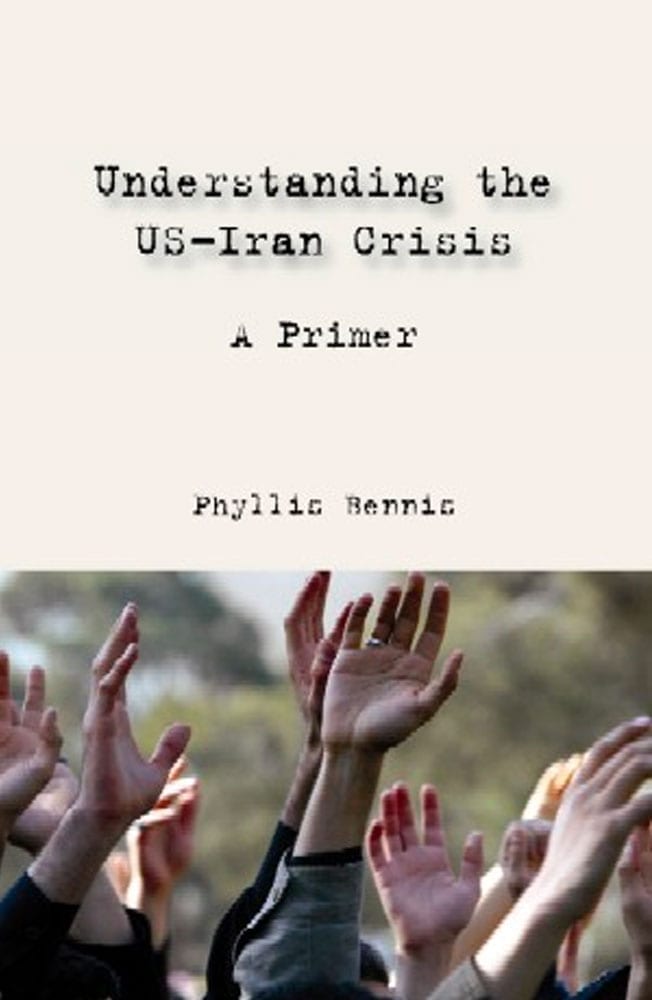Book Size: 5.5" x 8.5"
Pages: 288
Format: Paperback
ISBN: 9781566568487
Series: Asia in Europe and the Making of the West
Imprint: Olive Branch Press
Edition: 1
Illustrations: 98 full-color photos
Release date: 01/09/12
Category: History/Politics/Current AffairsSultans of Rome
The Turkish World Expansion
By Warwick Ball
$ 22.95“When the Turks entered Anatolia in the 11th century, the Byzantine Emperor appointed a minor Turkish prince with the title of Sultan of Rome. Ball believes that this was no accident, and instead was a sign of how much the Ottoman Empire had truly become a Eurasian power, a reality cemented when they captured Constantinople from the west. Ball is described…as a Near East archaeologist, and this is the third volume of his four part series designed to explore the complex history of European relations with the East. Although well researched, it is…appropriate for the interested general reader.” — Book News
About this book
It has become conventional to think of the Turkish capture of Constantinople in 1453 as an Asiatic conquest. The Turks originated in Asia- it is true- but Constantinople was conquered from the west not the east: the Ottomans became a European power before they became a Middle Eastern one and remained a primarily European power. Indeed, the Middle East and even most of Anatolia itself was conquered from Europe. This demonstrates that it was no sudden rush of semi-civilized horse-riding nomads from the steppe, but the culmination of complex movements that had seen Turkish dynasties establish glittering monuments and cities throughout Asia. And when Turks first entered Anatolia in the 11th century, it was a Byzantine Emperor who made a relatively minor Turkish prince the first Sultan in the land that would come to be known as Turkey- a prince, furthermore, who called himself not Sultan of Turkey, but Sultan of Rome! Few people, therefore, combine so thoroughly the legacies of Europe and Asia, East and West, the civilizations of Greece and Rome with that of Islam, the Near East and beyond. Few have bridged so many civilizations; have brought so many cultural strands together. Their story is as much our history as well as theirs and others
Brand: Warwick BallAbout the author
Warwick Ball, a Near Eastern archaeologist and author, has spent over twenty-five years carrying out excavations, architectural studies and monumental restoration throughout the Middle East and adjacent regions, having lived, worked and traveled in most countries between the Mediterranean and China. He is currently director of Eastern Approaches, a special-interest cultural tours company specializing in the East.
Author of many books and articles on the history and archaeology of the region, his book, Rome in the East: the Transformation of an Empire, was winner of the James Henry Breasted History Prize and was Choice Outstanding Academic Book in 2000. Born in Australia, Warwick Ball now lives in Scotland.
Reviews
“When the Turks entered Anatolia in the 11th century, the Byzantine Emperor appointed a minor Turkish prince with the title of Sultan of Rome. Ball believes that this was no accident, and instead was a sign of how much the Ottoman Empire had truly become a Eurasian power, a reality cemented when they captured Constantinople from the west. Ball is described…as a Near East archaeologist, and this is the third volume of his four part series designed to explore the complex history of European relations with the East. Although well researched, it is…appropriate for the interested general reader.” — Book News
Additional information
| Cover Type | |
|---|---|
| Author | Ball, Warwick |
| test | |
| Edition | 1 |
| Inprint | Olive Branch Press |
| Pages | 288 |
| Type | PB |
| Illustrations | 98 full-color photos |
| Release date | 01/09/12 |
| Author Home | UK |
| Subtitle | The Turkish World Expansion |
| Format | 5.5" x 8.5" |
| Reviews | "When the Turks entered Anatolia in the 11th century , the Byzantine Emperor appointed a minor Turkish prince with the title of Sultan of Rome. Ball believes that this was no accident , and instead was a sign of how much the Ottoman Empire had truly become a Eurasian power , a reality cemented when they captured Constantinople from the west. Ball is described…as a Near East archaeologist , and this is the third volume of his four part series designed to explore the complex history of European relations with the East. Although well researched , it is…appropriate for the interested general reader." — Book News |
| MainReview | "When the Turks entered Anatolia in the 11th century, the Byzantine Emperor appointed a minor Turkish prince with the title of Sultan of Rome. Ball believes that this was no accident, and instead was a sign of how much the Ottoman Empire had truly become a Eurasian power, a reality cemented when they captured Constantinople from the west. Ball is described…as a Near East archaeologist, and this is the third volume of his four part series designed to explore the complex history of European relations with the East. Although well researched, it is…appropriate for the interested general reader." — Book News |

